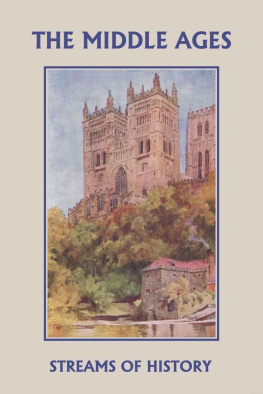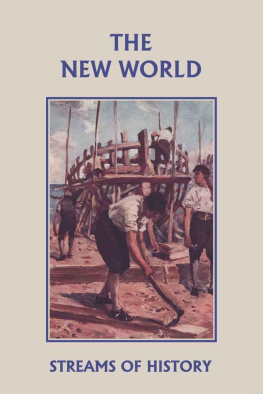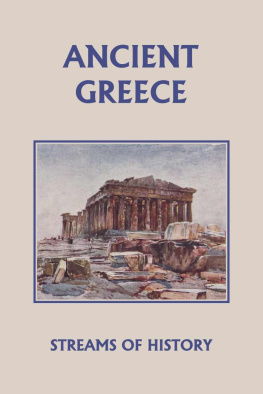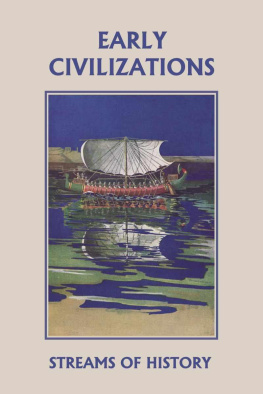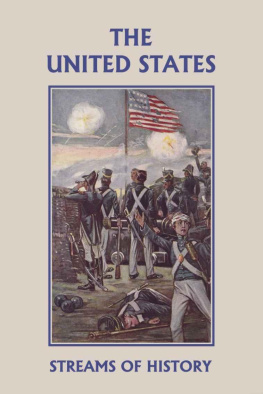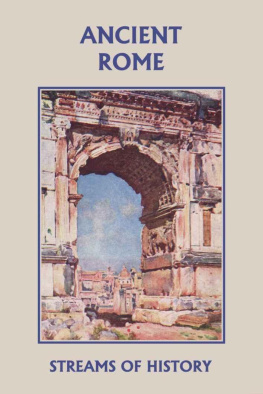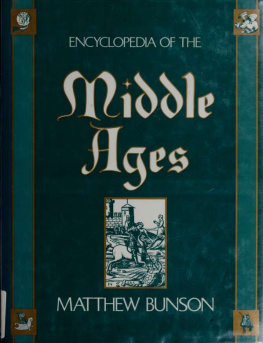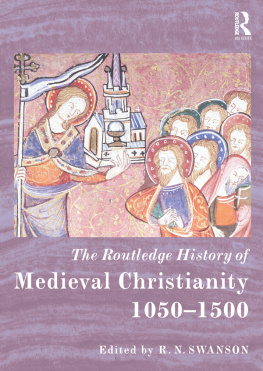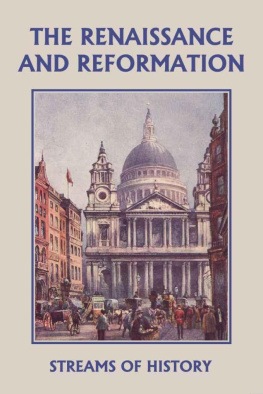The Middle Ages
by
Ellwood Wadsworth Kemp
Yesterday's Classics
Chapel Hill, North Carolina
Cover and Arrangement 2010 Yesterday's Classics, LLC
All rights reserved. No part of this book may be reproduced or retransmitted in any form or by any means without the written permission of the publisher.
This edition, first published in 2010 by Yesterday's Classics, an imprint of Yesterday's Classics, LLC, is an unabridged republication of the work originally published by Ginn and Company in 1902. This title is available in a print edition (ISBN 978-1-59915-257-8).
Yesterday's Classics, LLC
PO Box 3418
Chapel Hill, NC 27515
Yesterday's Classics
Yesterday's Classics republishes classic books for children from the golden age of children's literature, the era from 1880 to 1920. Many of our titles are offered in high-quality paperback editions, with text cast in modern easy-to-read type for today's readers. The illustrations from the original volumes are included except in those few cases where the quality of the original images is too low to make their reproduction feasible. Unless specified otherwise, color illustrations in the original volumes are rendered in black and white in our print editions.
Contents
The Teutonic Children of the Woods, and How They Lived
D O you recall how we said Greece consisted of a peninsula which had extending out from it many smaller peninsulas, something like the palm of one's hand with the stubby fingers extending from it? If we look at the map of Europe, we see that in this respect Europe is a large pattern of Greece, for it is in fact only a large peninsula of Asia and, in turn, has many smaller peninsulas extending from it. Looking at the map of Europe as a whole, you see on the south, projecting into the calm, sunny Mediterranean Sea, Greece, Italy and Spain, of which we have already learned so much; extending out into the more stormy seas of the North are the Scandinavian peninsula and the peninsula of Denmark.
Europe is not large when compared with Asia and Africa, but it almost equals either one of them in the amount of seacoast it has. This is because there are so many arms of the sea extending far into the land and so many peninsulas running out into the sea. These help to break up the land into many divisions, and you have already seen, in earlier volumes of this series, how one people lived in Greece, another in Italy, and still another in Spain, each of these very unlike the others until they learned to know their neighbor states.
Not far from the center of Europe are the Alps, the highest of all the European mountains. From these central highlands many smaller ranges run out in every direction, making a slope to every side. You have already seen how the Apennines, extending down through Italy, form the backbone of that country. The Pyrenees extend to the west and cut off the peninsula of Spain from the rest of Europe. Mountains also extend northward, dividing Germany into many parts. Others extend to the east, run down into Greece and break up that country into many separate little states. In fact, in thus being greatly cut up by mountains, Europe is much like Greece, just as she is in way of peninsulas.
Rising in the great mountain center of Europe are many rivers. The three most important ones are the Danube, the Rhine and the Rhone, all of which begin at no great distance from one another, but each flows in a different direction. The Danube, which is the largest, flows southeast and empties its waters into the Black Sea; the Rhine flows to the northwest, between cliffs, through mountain valleys, out over the plain, and reaches the North Sea; the Rhone flows southwest and, cutting the Pyrenees from the Alps, at last reaches the western Mediterranean. Many smaller rivers tumble down from the slopes into these larger streams, so that Europe is abundantly supplied with water for pasture and boats.
Thus you see, no doubt, that Europe, cut up by its mountains, with its many river valleys, is quite different, for example, from Egypt with its single river and its one fruitful plain. In Egypt all the people, since they lived in the same valley and used the same river for passing from one place to another and lived on the same kind of soil, acted and thought in very much the same way, thus making one united country which could easily be ruled by a single king.
Over in Greece, where the country was cut up into many valleys, shut off from one another by the mountains, we saw earlier how hard it was for the people to act and think and work together, even when there was great danger, as in the time when Darius and Xerxes were driven back from Marathon and Salamis. The mountains, too, made it easy for the people of one valley to defend themselves against those of another; so each little tribe became quite independent, and whenever it could take advantage of its neighbors, it would rarely fail to do so.
Now Europe, with its center occupied by so many great mountains and divided by many rivers, afforded just such a chance to the people scattered over it. We have already seen how hard it was for Hannibal to cross the Pyrenees, and to take his elephants over the Rhone, and at last, to climb the Alps to get into Italy. In the same way it was just as hard for the Romans to get out of Italy into France, or into any of the states north of the Alps,yes, even harder, for the Roman side of the Alps was steeper than the other. Now all of these things helped to make Europe develop into many states and governments instead of just one, as we, for example, in the United States have.
When Csar crossed the Alps and conquered the Gauls in France, he found in many places large fields of grain planted and carefully tended by the people who lived there. The country was quite level and open, so Csar and his Roman legions with little trouble succeeded in conquering the Gauls and in making them a part of the great nation of Rome.
Sometime later Drusus, another Roman, crossed the Rhine, aiming to conquer the people there as Csar had conquered the Gauls. He did not succeed so well, for he found a cold country hard to winter in and a people quite different from those which Csar found in Gaul.
North of the Alps are many smaller mountains. Near the North and the Baltic seas lies a large low plain. Between the mountains and the low plain are many hills. This whole country of mountains, hills, rivers and plain long ago was covered by vast forests filled with great marshes and only here and there an open meadow. Here, as already said, about two thousand years ago, came Drusus to conquer our ancestors, the Germans, or Teutons, as they are often called.
He found the Germans to be a large, fierce, powerful, white-skinned, blue-eyed, yellow-haired race living in this bleak, cold forest. They had no cities and few farms but spent their time in hunting the wild boar, elk, bear, wolf and buffalo for their food. In their struggles with these wild animals and in fighting among themselves for the possession of this hunting ground, they became brave and fierce.
There were then no roads through the forests, no bridges over the streams, and for many months each year the rivers were frozen so deeply that whole armies could cross them on the ice. The winters were keen and long; swamps and forest made the climate far more severe than it is in that country now; there was then more ice and snow, more fog and rain.
As a country is, so to a large degree are its people. The bitter cold made the Germans hardy, fierce and brave. It made them restless, savage, passionate and daring. They loved the freedom of a life in the woods and by overcoming its difficulties learned to rely upon themselves.

